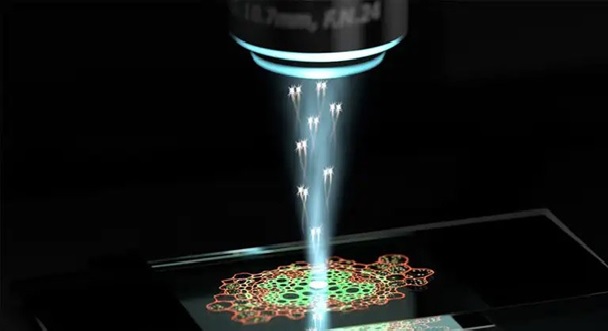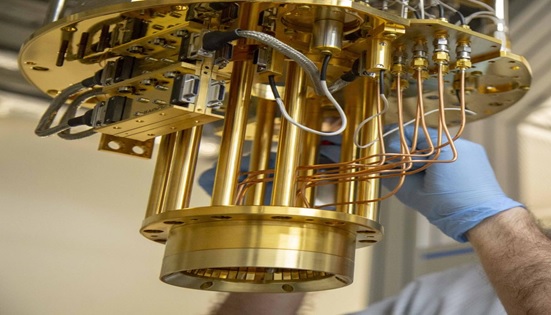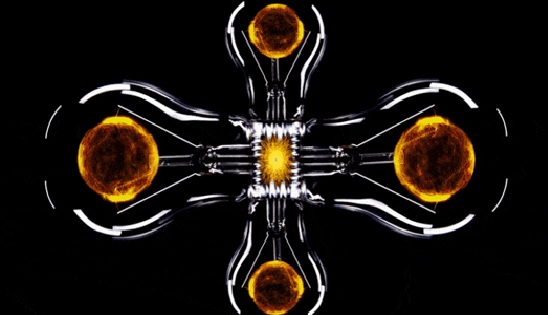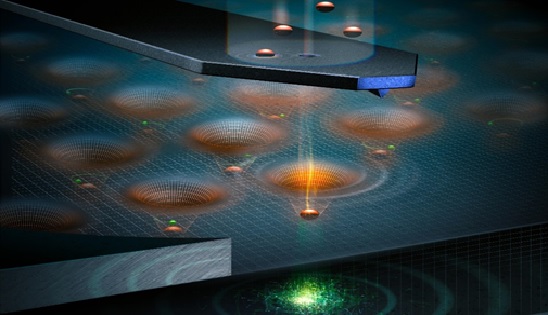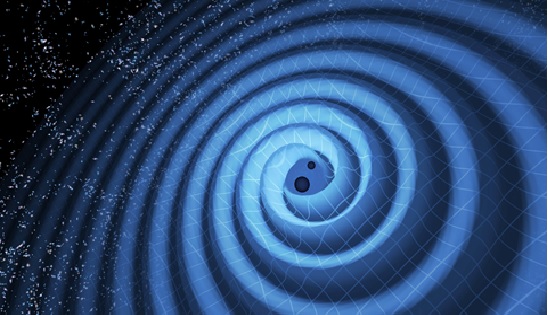A New Speed Limit Based on the Laws of Quantum Mechanics
The researchers, from TU Wien, TU Graz and the Max Planck Institute of Quantum Optics, have calculated the speed limit for electronic devices, the point at which the laws of quantum mechanics prevent microchips from getting faster, according to a study published in Nature Communications.
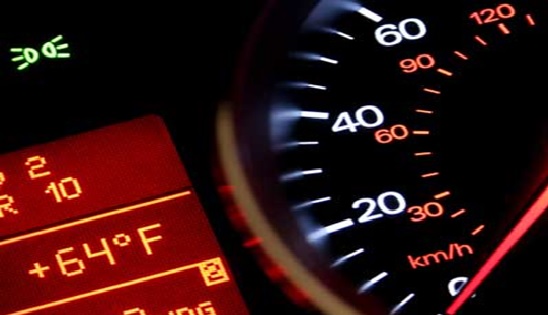
Figure 1. new speed limit discovers for all electronic.
Figure 1 shows that It’s hard to imagine a world that has reached the limit of innovation when it comes to the speed of electronic devices. But that’s exactly what a global team of scientists has done.
The world’s fastest devices are known as optoelectronics – systems that use light to control electricity. The new study sets the limit for optoelectronics by calculating the speed at which the most powerful examples of such devices can operate. [1]
Optoelectronics, a sub-discipline of photonics, is the study and application of light-emitting or light-detecting devices. LEDs, optical fibers, photodiodes, etc. are all optoelectronic devices.
The signal transmission in optoelectronics is fast, but researchers at Garching have now identified the limit for how fast optoelectronics could get.
According to their study published in the scientific journal “Nature Communications”, the speed can definitely not be increased beyond one petahertz (one million gigahertz), even if the material is excited in an optimal way with laser pulses.
This is because quantum-mechanical processes that are responsible for the generation of electric current take a certain amount of time, thus limiting the speed of signal generation and signal transmission. [2] the team experimented with semiconductor materials and lasers. A quick laser pulse energizes electrons in the material before a second, slightly longer lase pulse produces an electrical current in the material.
The researchers observed the current while applying shorter and shorter laser pulses until Heisenberg's uncertainty principle allowed them to go no further — the principle states that the more accurately you measure one variable of a particle, such as its position, the more uncertain other variables, such as momentum will be, and vice versa.
The researchers also applied their findings to complex computer simulations to make better sense of their observations. Using shorter laser pulses meant the researchers could calculate exactly when the electrons gained energy. according to the researchers, the upper limit of optoelectronic systems is one Petahertz, which is equivalent to a million Gigahertz. To go any faster would be to break the laws of quantum physics.[3]
References:
- https://tutshost.com/scientists-discover-a-new-speed-limit-for-all-electronic-devices/
- https://www.electronicsforu.com/news/whats-new/researchers-calculate-the-speed-limit-of-optoelectronics
- source: https://interestingengineering.com/speed-limit-electronic-devices-petahertz
Cite this article:
Sri Vasagi K (2022), A New Speed Limit Based on the Laws of Quantum Mechanics, AnaTechMaz, pp.23



